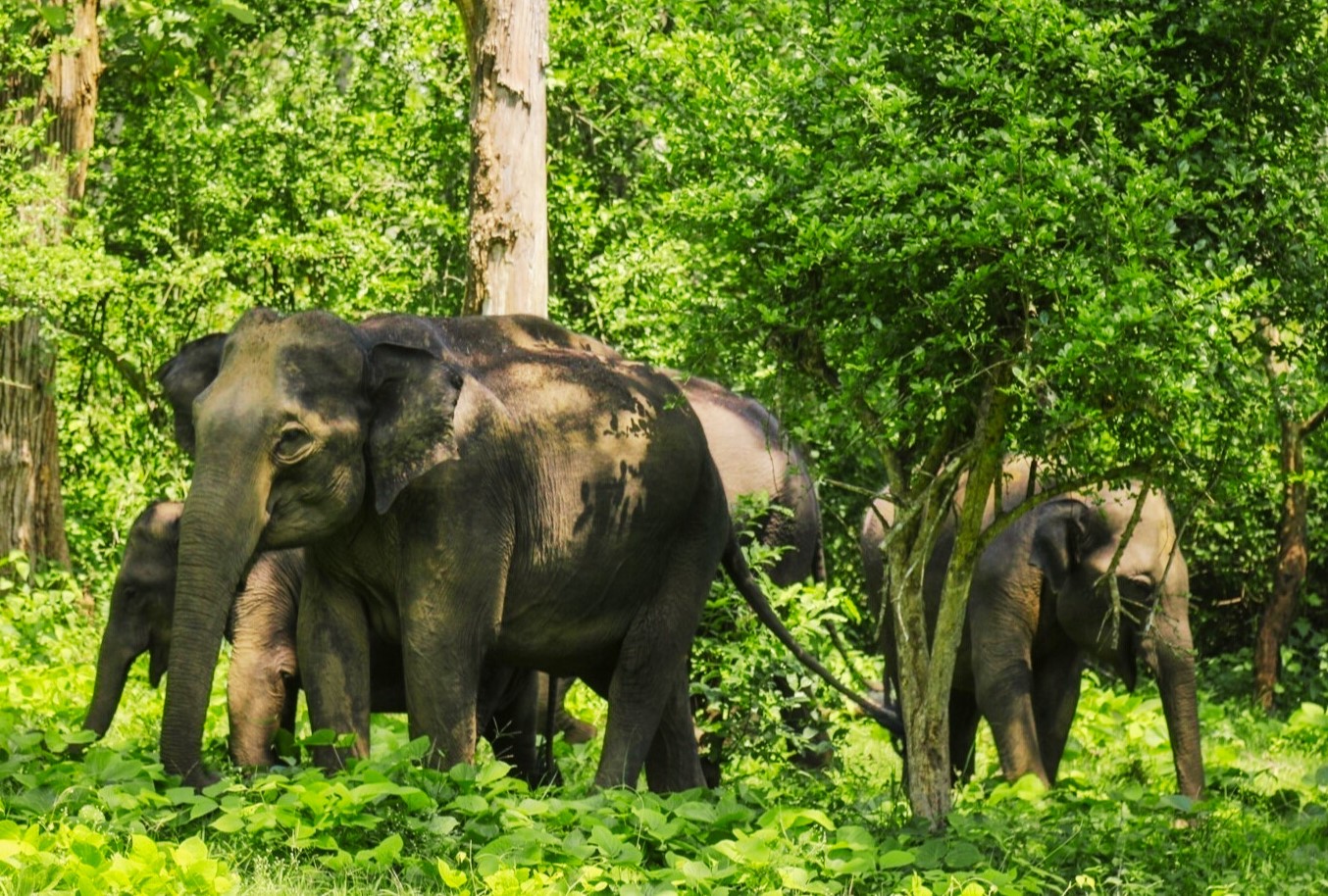Mapping Elephants: Understanding Distribution and Challenges in Bannerghatta National Park This story map provides an in-depth look at Bannerghatta National Park, a crucial sanctuary for Karnataka’s iconic Asian elephants. Using dynamic maps and visuals, it explores the distribution of elephants, the unique habitat characteristics of this region, and the pressing challenges these gentle giants face. From habitat fragmentation and human-elephant conflict to the role of movement corridors, this narrative captures the critical interplay between ecological factors and human activities. By showcasing the current status and conservation priorities, this prototype demonstrates the importance of data-driven, landscape-level conservation planning to ensure a thriving future for one of India’s most cherished species.
Elephant Distribution Areas (EDA) reveal patterns of habitat use by elephants, ranging from frequently to rarely used regions. These areas may include both expansive contiguous habitats and smaller, isolated patches, irrespective of the elephant density within them. Bannerghatta National Park serves as a critical example of this, where natural habitats, movement corridors, and anthropogenic influences converge.
"The forests are where the colors come alive, there are lots of hues and life in them as they are
different but one entity"
This section delves into the ecological preferences that guide elephant habitat selection suitable vegetation, gentle terrain, and seasonal habitat connectivity and examines how developmental activities disrupt these critical patterns. Understanding EDA and mapping habitat links is essential for identifying key corridors and ensuring the long-term survival of these majestic animals in the face of growing human impacts.
